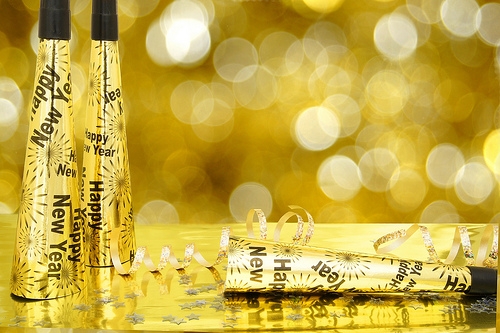
According to the National Institute of Dental and Craniofacial Research, more than 200 million Americans suffer from some degree of inflammation of the gums. Over the past decade, researchers have published studies that link the bacteria involved in periodontal disease to cardiovascular disease. The Centers for Disease Control and Prevention have connected oral infections to heart disease, diabetes, stroke, and low birth weights.
Studies suggest bacteria that cause periodontal disease are also responsible for causing a thickening of the carotid arteries, which increases the chance of a heart attack or stroke. Further research is being conducted to understand the link between oral health and heart disease better.
What is periodontal (gum) disease?
Dr. Kelly Peterson and our team at Northwest Smile Design hear this question all the time. Periodontal disease is an infection. Our mouths are filled with bacteria, and this bacteria forms plaque. If the plaque is not removed through brushing, flossing, and regular cleanings at the dentist, it hardens into tartar. If gingivitis (gum inflammation) is not treated early, it can advance to periodontitis. Bacteria get under the gum tissue and erode it as well as the bone that supports the teeth. The gums eventually pull away from the teeth, and infected pockets form.
Proving that periodontal gum disease is connected to heart disease has been difficult for researchers. However, there are two theories about to what might connect the processes.
- Bacteria are released in the bloodstream through chewing and tooth brushing. The same species of bacteria that causes gum disease has been discovered in the plaque in arteries in the heart.
- Inflammation in the mouth is a catalyst for inflammation throughout the rest of the body.
Practice good oral health habits
While the link between periodontitis and heart disease is not yet fully understood, you can prevent the possibility of health complications by practicing good oral health. It’s recommended that you brush and floss twice a day, as well as visit your dentist twice a year for a cleaning and exam. Oral health should not be taken for granted. By preventing oral diseases, you’re also minimizing the risk of having a heart attack or stroke.
To learn more about the connection between heart disease and oral health, or to schedule an appointment with Dr. Kelly Peterson, please give us a call at our convenient Marysville, WA office! A clean mouth leads to a happy heart!










 Website Powered by Sesame 24-7™
Website Powered by Sesame 24-7™